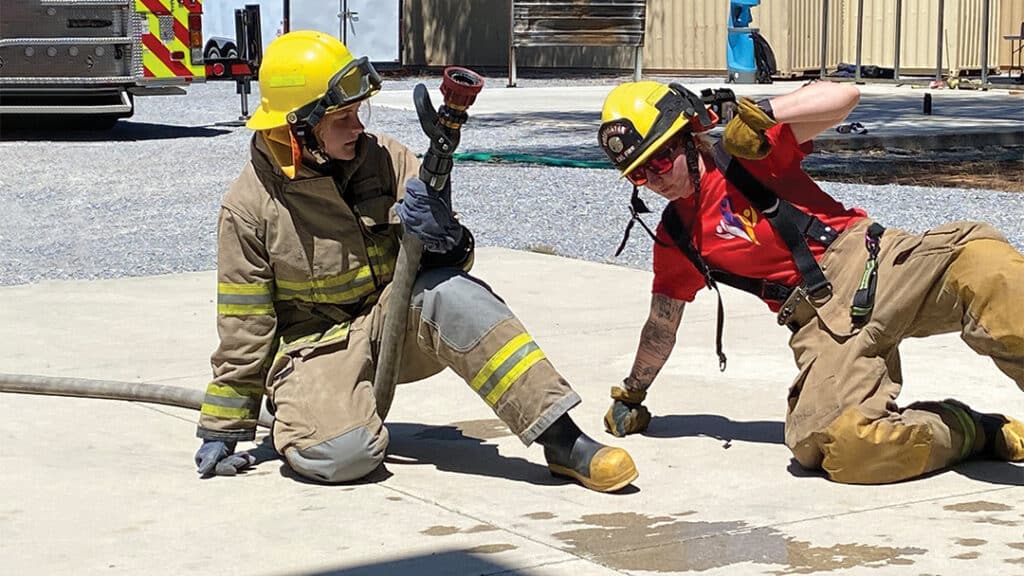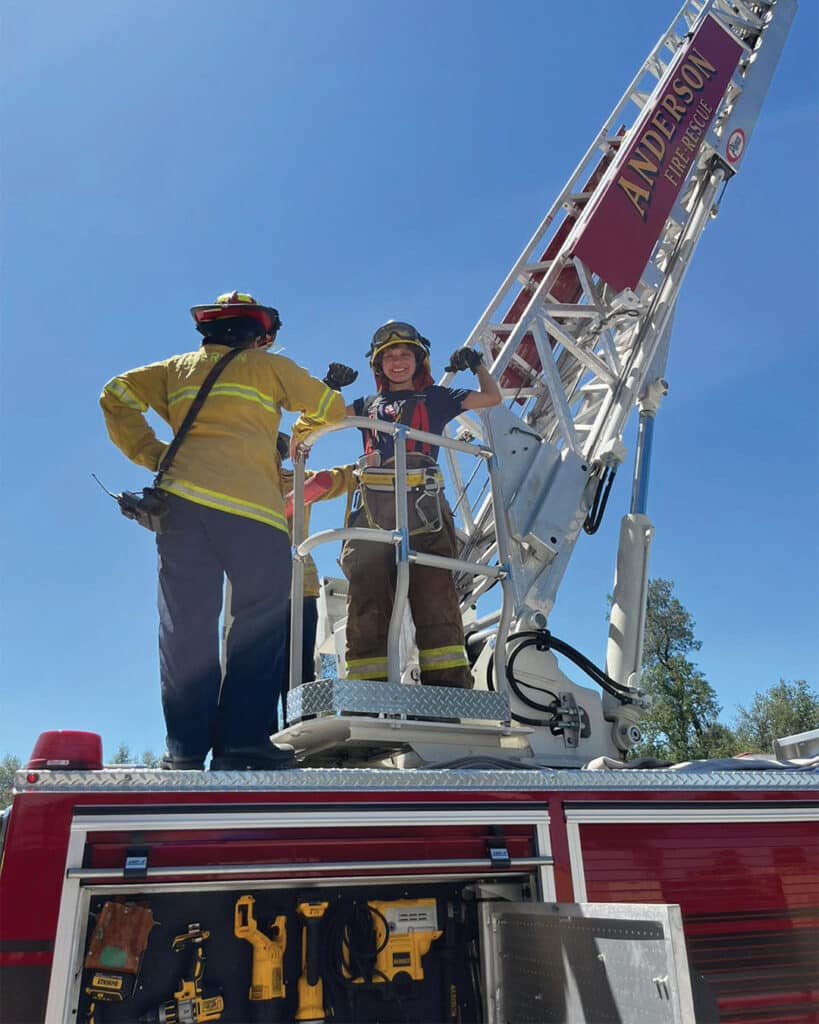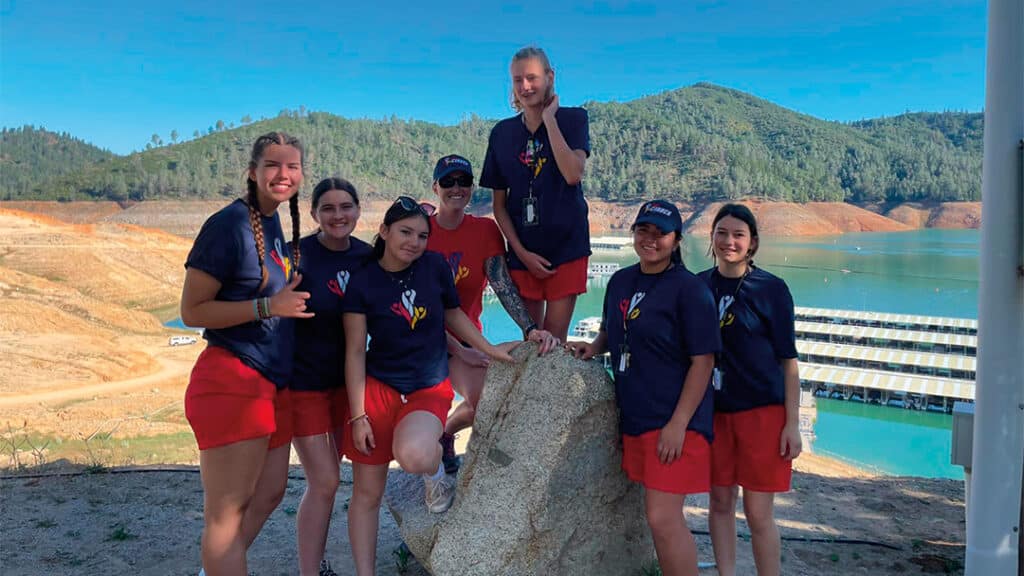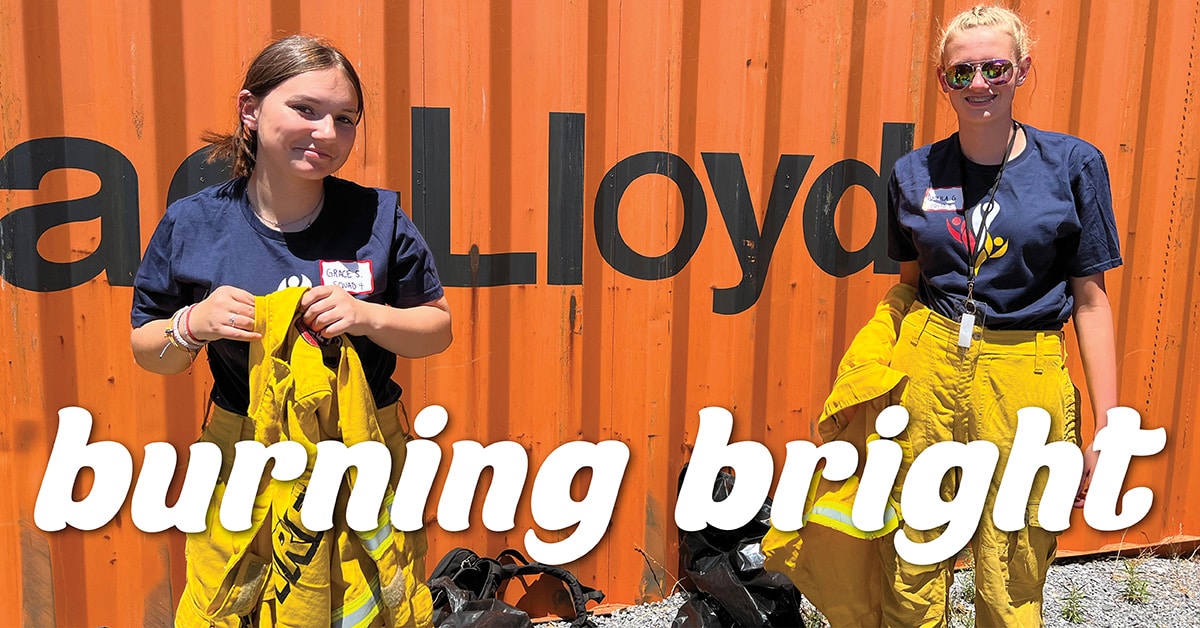Burning Bright
Camp Cinder Helps Integrate Women Into the Fire Service…
When Katie Mason went out to find a summer job in her hometown of Yreka, her stepmother encouraged her to apply to CAL FIRE. There weren’t really any requirements back then to join the fire service, and she went through the training, then got hired. When Mason began working in the fire service, she had never seen a female firefighter before.
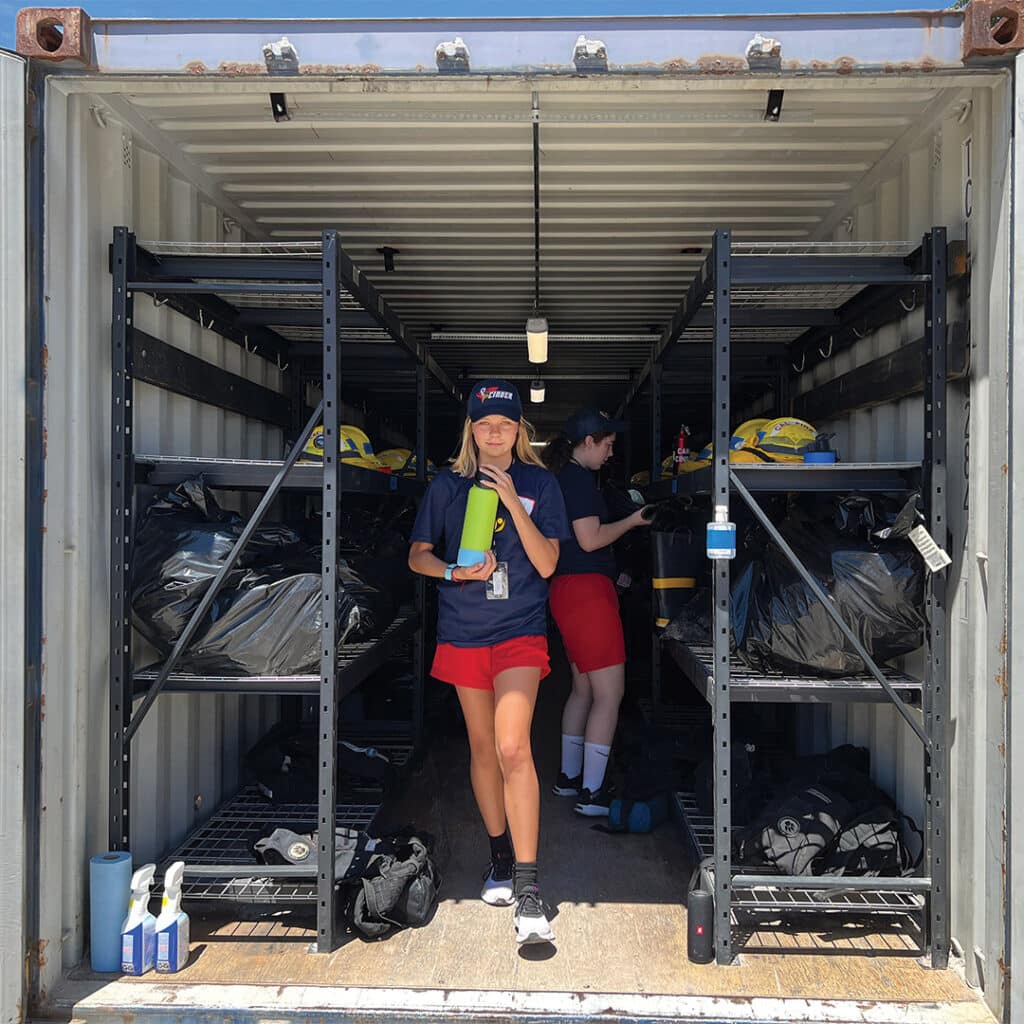
Now, decades after Mason began her firefighting career, there are more women joining the field even though it’s still a very much male-dominated profession (statistics show that around 5 percent of U.S. firefighters are women). While the job is physically demanding, it is mentally challenging, too, and many women are proving that they are up to the task.
To support one another and show that the fire service is a viable career choice for women, Camp Cinder was born. Established in 2014 in San Luis Obispo by a group of female firefighters, it has since expanded to include Shasta County.
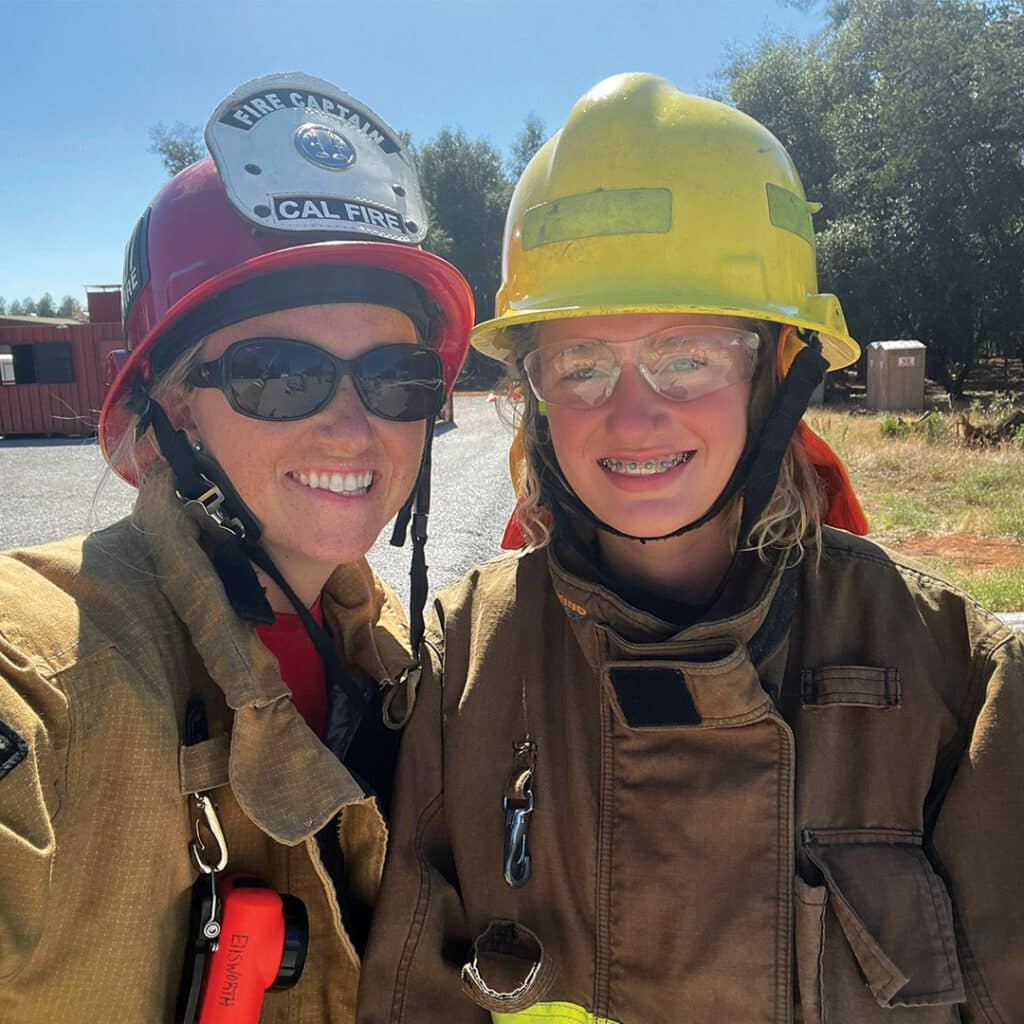
Geared toward young women ages 16 to 18, the weeklong Camp Cinder teaches hands-on firefighting techniques and skills. Young women learn how to do hose lays, use ladders, tie knots, practice wildland line cutting, use the Jaws of Life vehicle extraction tool and put out live fires. While it can be intense, the five-day, four-night camp gives young women a safe, challenging and interactive environment to gain both physical and mental strength that can be applied to any career they choose – with the first goal to have fun.
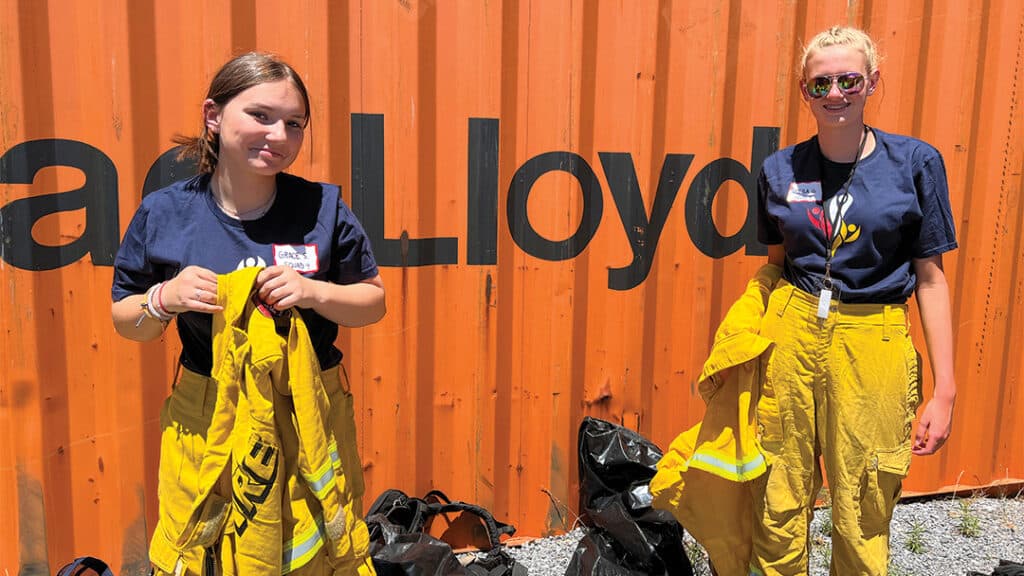
The first Camp Cinder Shasta took place in 2022, and 30 young women participated (32 attended in 2023). The camp is free to attend, but getting in can be hard. Last year, CAL FIRE received close to 300 applications, making for a 10 percent acceptance rate. In the application process, young women need to include a personal statement, explaining why they are interested in attending Camp Cinder and what changed in their life to make them want to pursue this. “I want to take all of them in,” Mason says. “It’s so hard to choose, because how do you quantify one’s desire?”
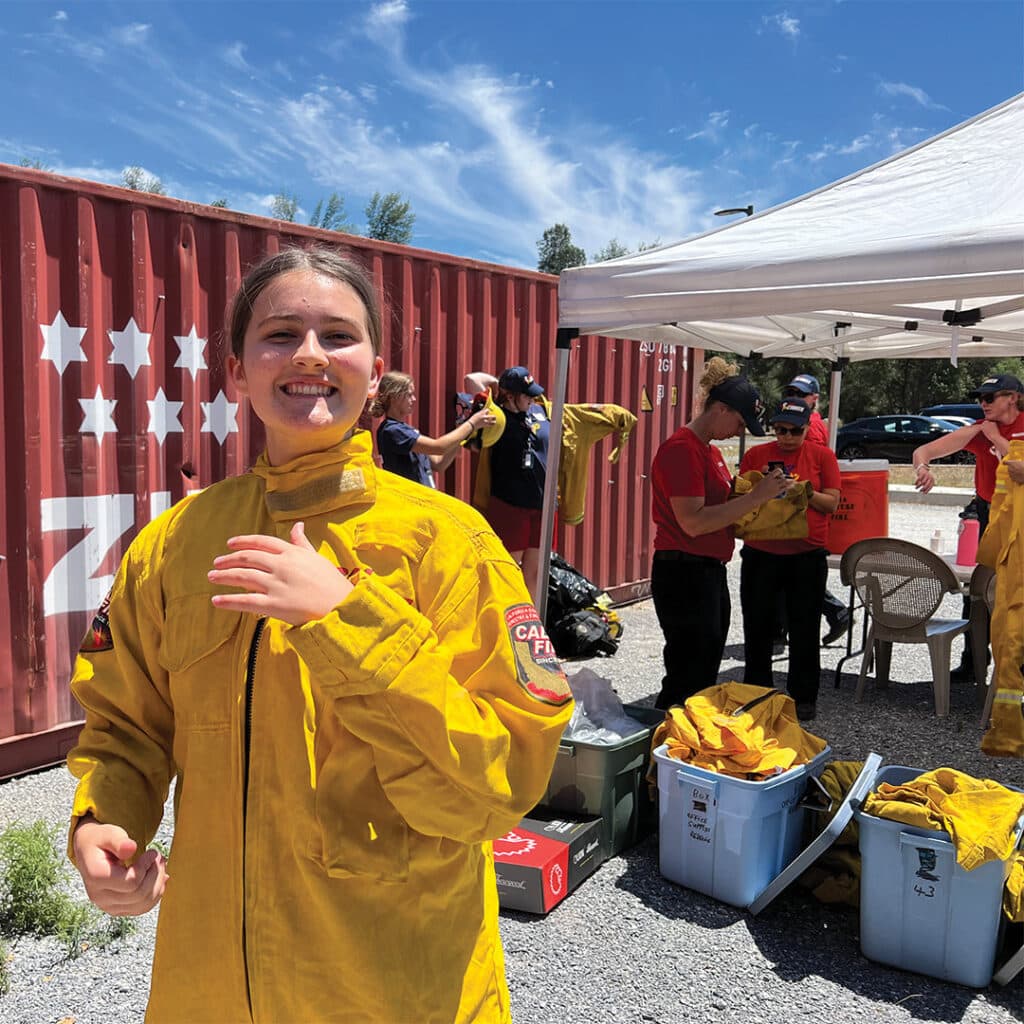
In some of the applications that stood out to her, Mason remembers the girls who applied because “they were affected in the Camp Fire, or by the Carr Fire, or came in contact with a firefighter who was kind to them during a traumatic event. Or maybe they’ve watched their parents or close ones be selfless in the community and it made them want to be like that, too,” she says. Regarding the “physical strength” aspect that people sometimes bring up regarding what inhibits women from becoming firefighters, Camp Cinder teaches young women different fire response techniques in a non-intimidating way.
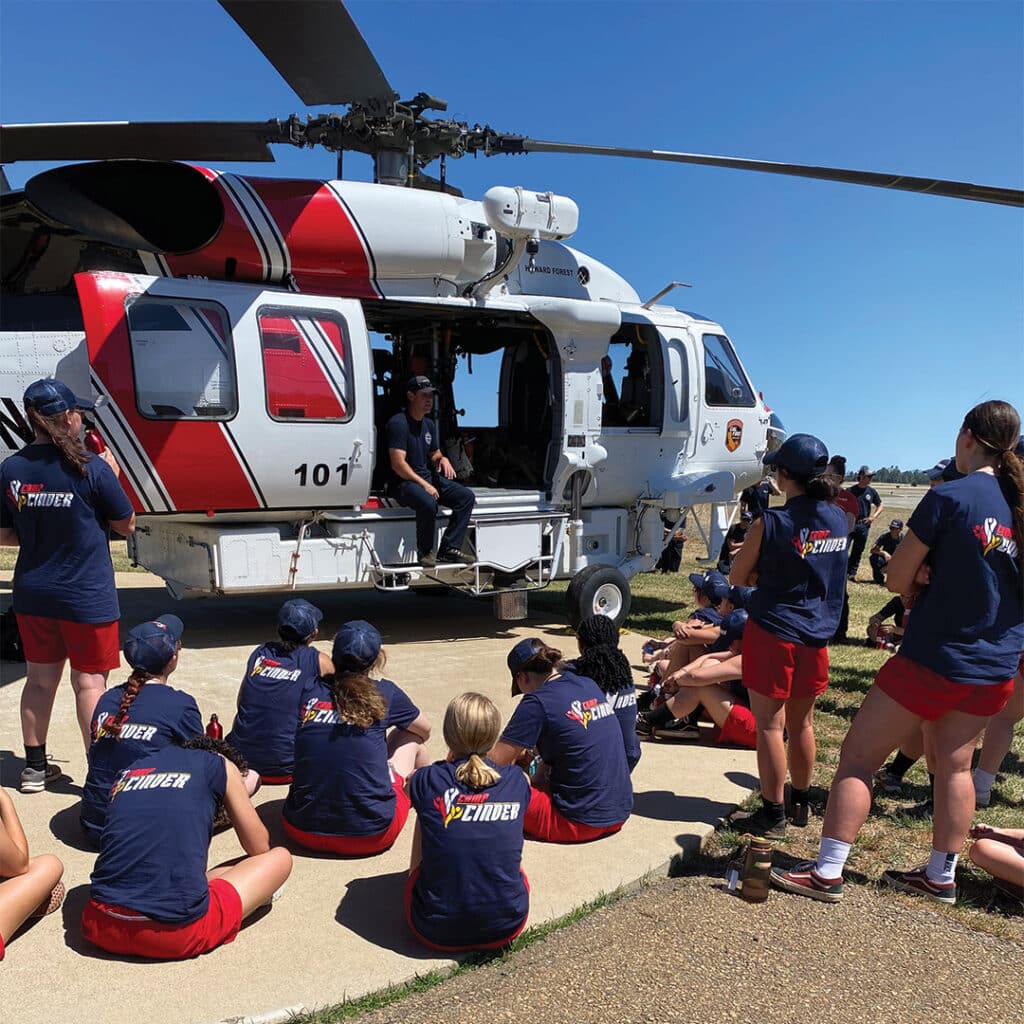
“It’s more of, ‘here, let us show you’. It’s a tiring week, but it is as much mental as it is physical. We’re throwing heavy ladders, putting out live fires…it can be taxing. But firefighting calls that are really physical like what you see in the movies are rare,” Mason says. She emphasizes that she has two young daughters who she wants to be the smartest – not just the strongest in the room. In her career, Mason has seen small- statured women do amazing work.
“It’s about being good at resolving the issue at hand and treating people compassionately,” Mason says.
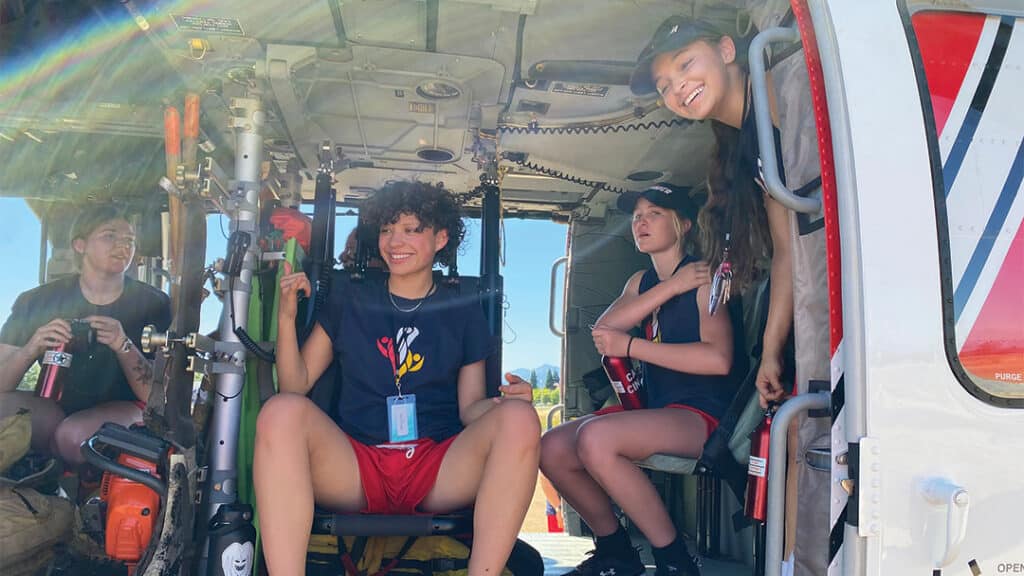
While Camp Cinder Shasta is still a new program, organizers continue the conversation with applicants and participants by regularly communicating upcoming trainings, jobs and volunteer opportunities with its partner agencies. After the last Camp Cinder Shasta, Mason made phone calls to the 18-year-old attendees to let them know about immediate openings in the hand crew and was surprised by the number of girls who were already in an emergency/fire services training program.
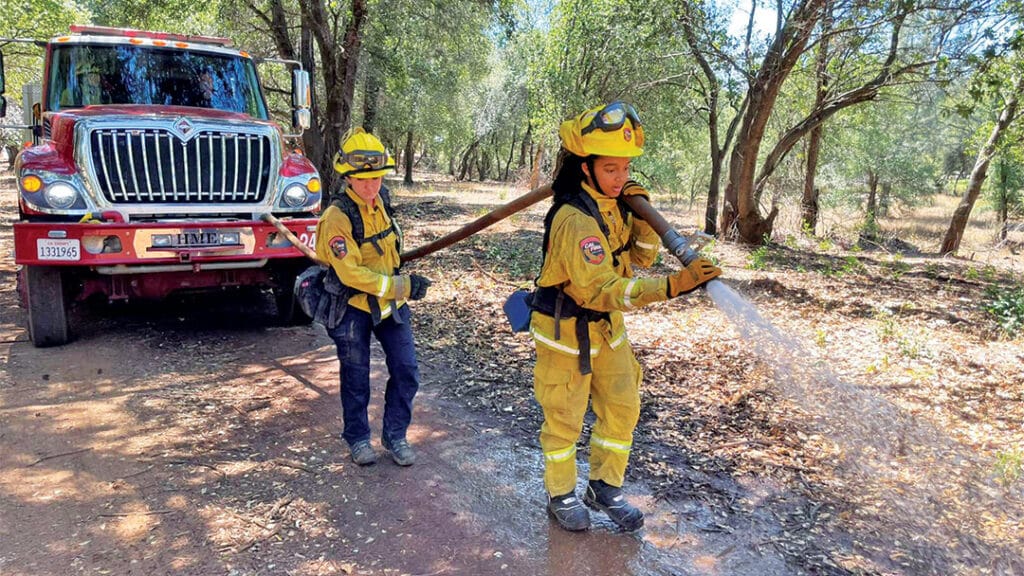
One particularly memorable experience from Camp Cinder Shasta was at the end of the camp last year, when the girls showed their families their firefighting gear called “turnouts.”
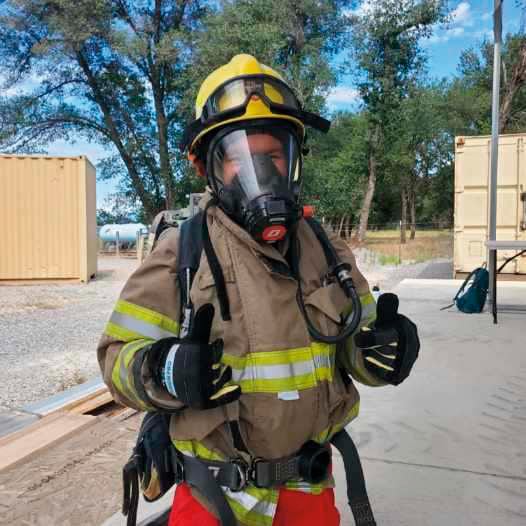
“One girl was putting her turnouts on her little sister, who was about 5 years old, and said, ‘I did this, and you can do it, too.’ I had to walk behind the shed and cry. Because that’s what Camp Cinder is all about – the campers influencing the next generation of girls, too,” Mason says. •
